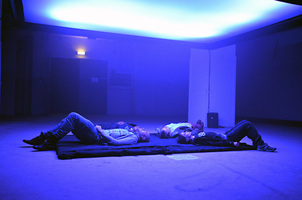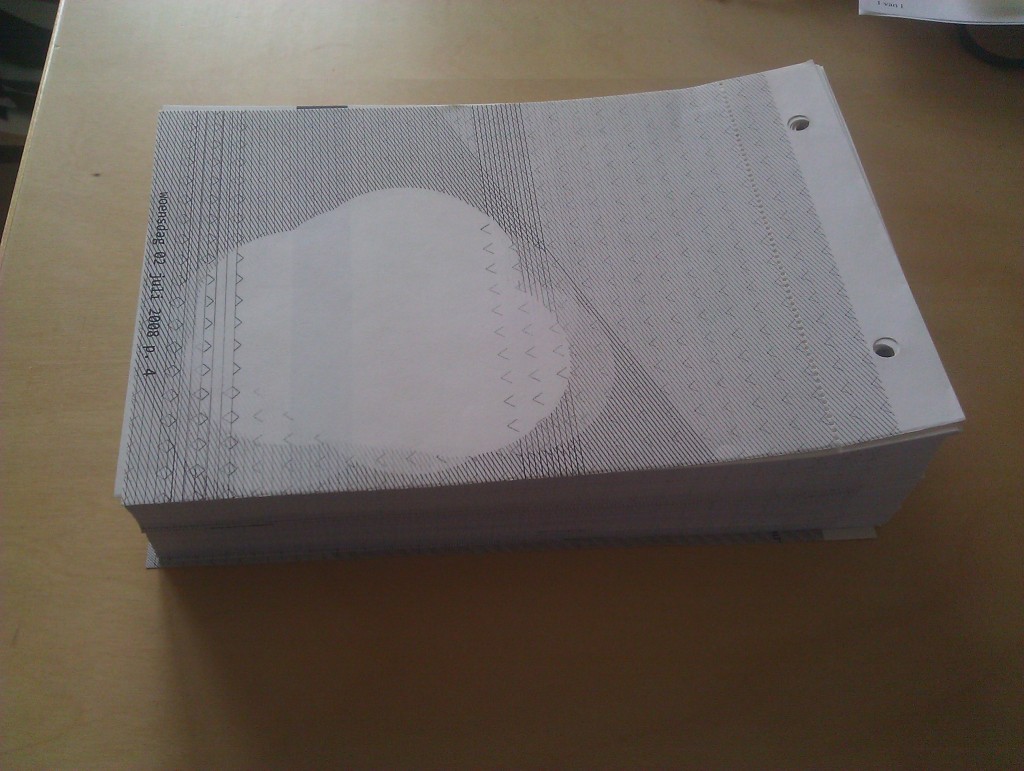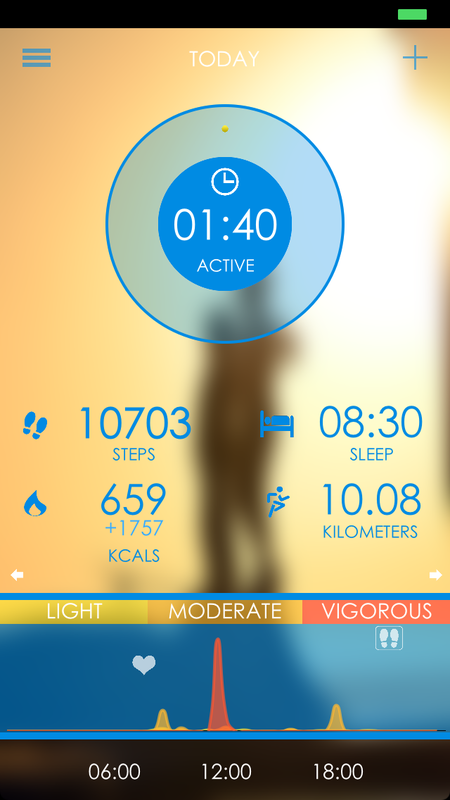2014
Under Armour 4 Runners
The Armour39 wearable sensor was launched early 2013. Similarly to what UA usually organizes for their Future Show, where last year more than 4000 applicants competed, they crowd sourced software development for this April's Digital Future Show. Given the experience I have with wearable technology and my passion for running, I thought it was a pretty good match, and decided to give it a try. I ended up being among the 5 finalists, and had the nice experience to present my idea at Under Armour's headquarters in Baltimore. You can read more here.
Physiological Responses to Sensorial Alterations
As part of the Qualified Self (yes, Qualified) project under development by artists Chris Salter, Maurizio Martinucci (aka TeZ) and Marije Baalman, in collaboration with Baltan Laboratories and Holst Centre, I prepared a Network of 4 ECG Necklaces to be used in their next installation. The installation/exhibition will be disclosed at the beginning of 2014, however we started testing and collecting data during the GLOW-NEXT festival in Eindhoven, using as test bench their previous installation, Displace 3.0.
2013
STRP festival
I collaborated with MU and STRP director Angelique Spaninks and STRP curator Leon van Rooij on a project for the STRP festival (Eindhoven, NL, March '13). We used imec's technology, in particular the ECG Necklace, for a live music performance. During the DJ night we hooked up a DJ with the necklace, and controlled lights and visuals based on his heart rate. Eyesupply made the visuals, while Resolume integrated our platform with their DJ/VJ software. Unfortunately, due to the lack of professionalism of the above mentioned curators, I have no material regarding the project.
Danielle Roberts' "Reversed calendar, slices of my life"
Danielle is an artist working on tools for awareness. In the last few months she worked on sorting out 7 years of personal data that she meticulously stored every day in an online database. She started with a micro diary, haikus and photographs in 2005. In 2006 her energy level was added. Later still continued with stress level, mood, inner peace and morning heart rate pulse. I helped Danielle in sorting out her data, and she came up with a Reversed calendar, which is a calender that visualises the eight most recent years of her life. The calendar will be exhibited at Lokaal 01, (Kloosterlaan 138, Breda NL) between April 20th and June 23rd, 2013.
ActiBot
The ActiBot is a simple activity lamp. It resulted from a quick brainstorming with Bart Grimonprez (Howest - Industrial Design Center) and Koen Snoeckx (Holst Centre). We wanted to create a visual link between my research on physical activity and an everyday object. The result was the hacking of a commercial product (the Spacebot lamp by Dark), combined with the Philips HUE system and imec's ECG Necklace. The sensor (ECG Necklace) is worn on the chest and transmits acceleration and heart rate to an iPhone via Bluetooth Low Energy. The phone extracts features and runs the machine learning algorithms used to extract physical activity type and energy expenditure information, and sends your energy expenditure level during the past 10 seconds (adjustable) to the spacebot (via the Philips HUE system). The light will change color depending on the activity level.
2012
iPhone apps (on-going)
A set of apps developed either to monitor Physical Activity and Trainings, or other aspects of behavior (e.g. time spent at work or at home, countries visited, etc.), as well as just to record data (e.g. heart rate, heart rate variability and inertial data loggers). More info here.
Quantified Self
My self-experimentation is mainly driven by my research, where I try to provide tools and algorithms able to monitor objectively aspects of behavior related to physical activity (activity type, energy expenditure, level of cardiorespiratory fitness), in order to help clinicians understanding links between physical activity and health, as well as motivate behavioural change. In 2012 I wore a wearable ECG Necklace for a whole year, collecting ECG and Acceleration data that I used to develop and validate activity recognition, energy expenditure, and cardiorespiratory fitness estimation algorithms. More info here.














